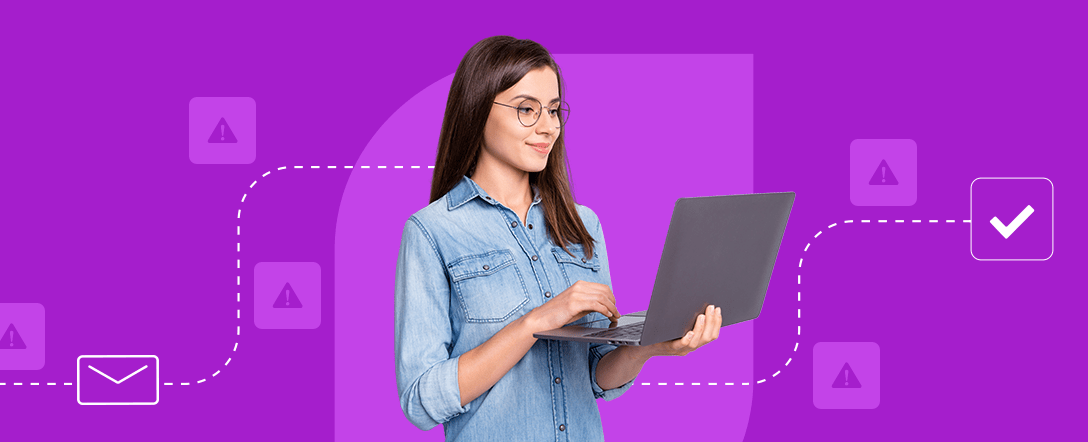Email marketing is still a powerful tool for businesses to connect with their audience (as long as your content is not tagged as SPAM). Brands are increasingly investing in email marketing to engage with clients. And the effort pays off. According to Statista, email marketing’s ROI rests between $32 and 45 for each dollar spent.
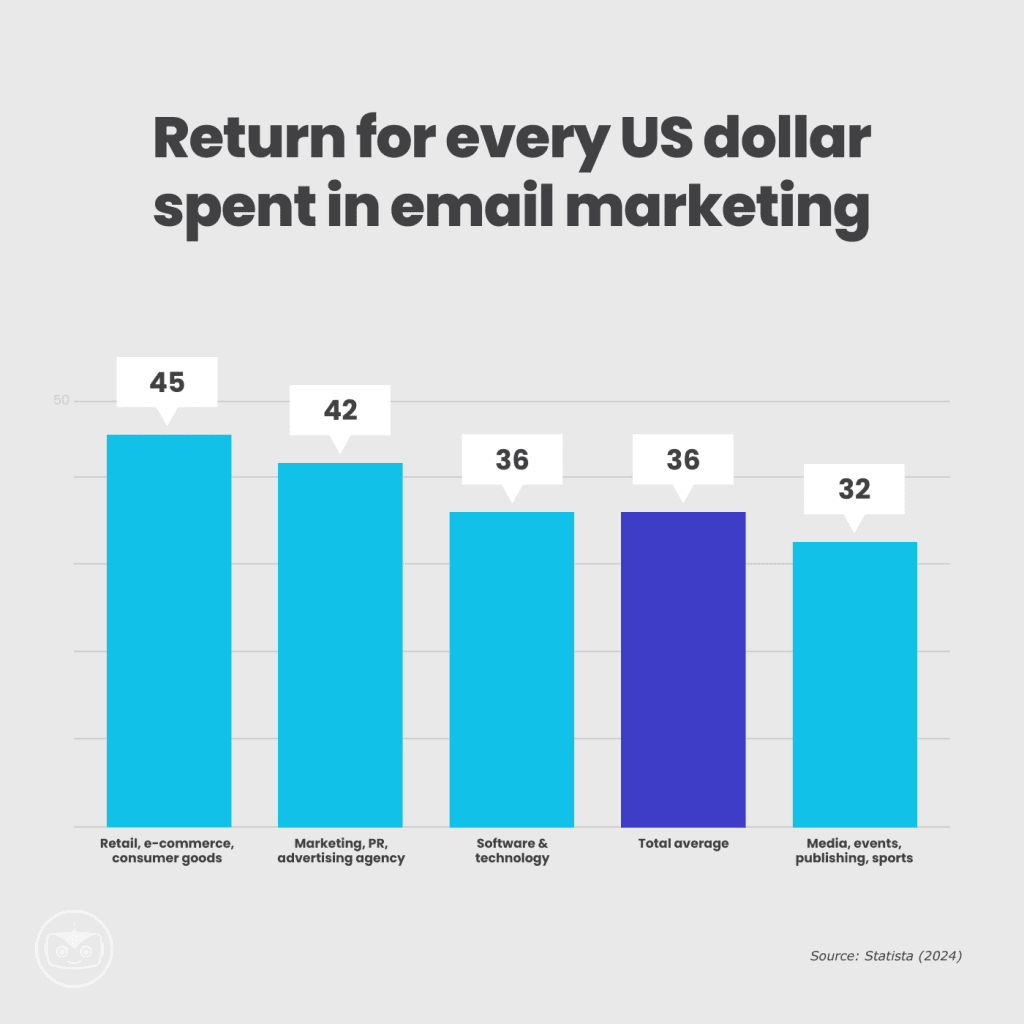
At the same time, people are becoming more mindful of what they let into their inboxes. Nearly 49% of all emails sent worldwide in 2022 were identified as spam. Yes, almost half of it.
The effectiveness of your email campaigns and strategy takes a big hit if your messages end up in the dreaded spam folder. So what determines which messages go to spam and which go to the inbox?
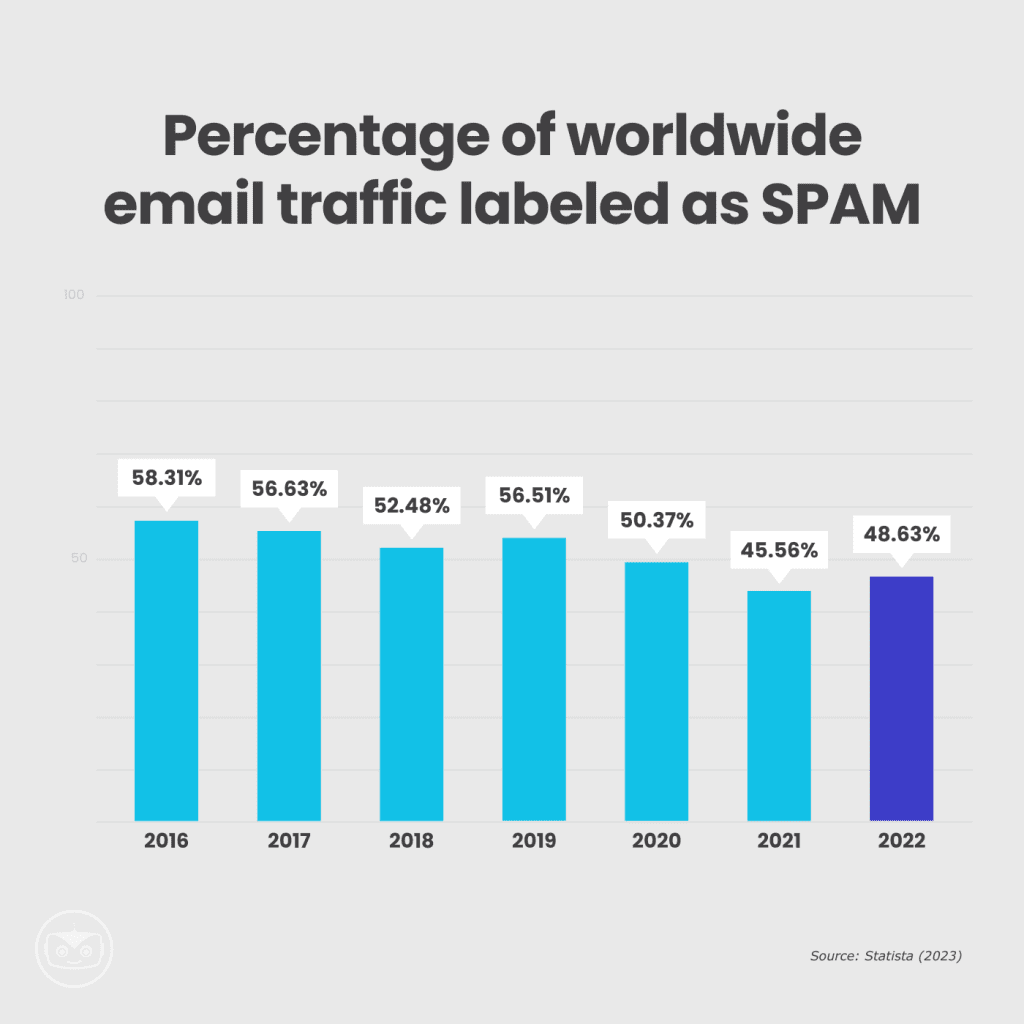
It’s not luck — there is a lot you can do to lower your spam score and avoid being tagged as spam. We have listed here some of the best practices to not end up in the junk folder, and ensure your messages reach your audience.
How not to be tagged as SPAM:
- Learn about email authentication
- Segment your audience and invest in personalization
- Manage your sender’s reputation
- Regulate your email frequency
- Always comply with local anti-spam regulation
Learn about email authentication
Despite the growing concern with data privacy, many people and businesses still overlook the need to do proper authentication. It’s not just adding a two-factor authentication to your account (although it is an important step you should not skip!).
This year, Gmail and Yahoo implemented a new deliverability rule that affects all email senders. The criteria change according to the volume of emails you send daily. Nevertheless, these email service providers recommend all senders to get their SPF, DKIM and DMARC authentication.
The goal is to minimize the amount of spam people receive. Following these protocols is key to all email marketers and those with an active newsletter.
When you are up to date with your email authentications, you ensure the safety of your subscriber list. At the same time, you build trust with ISPs (internet service providers). Authentication protocols also ensure your list safety and prevent email spoofing.
Good to know: If this sounds too technical for you, don’t stress! Our incredible and tech-savvy support team wrote this full guide about authentication protocols. If you are a Cyberimpact user, feel free to reach out to our team and they will gladly help you stay up to date.
Segment your audience and invest in personalization
Audience segmentation is one of the most versatile tools in email marketing. According to a 2022 study by McKinsey, 7 out of 10 recipients expect to receive personalized emails from brands. When they are not, customers get frustrated and that can lead them to tag you as spam.
This is not just a whim from consumers. The study also found that companies with personalized content and experiences make 40% more revenue than those without.
In email marketing, you can do segmentation and personalization. Here’s the difference between the two of them:
Segmentation
Segmentation means organizing your contact list into groups based on demographics, behaviours and other preferences. With a segmented audience, you can create tailored email campaigns and customer journeys for each group.
As an example: You are a tourism and travel company. You can plan custom email campaigns only for clients living in certain regions. Also, organize clients who are single or have children to share offers that match their lifestyle.
Personalization
Personalization is more precise and personal process. To create a personalized experience you will use personal and individual information from each contact and tailor their content. A great way to do this is by using dynamic content and dynamic groups.
Dynamic content uses each contact’s personal information to give them tailored content.
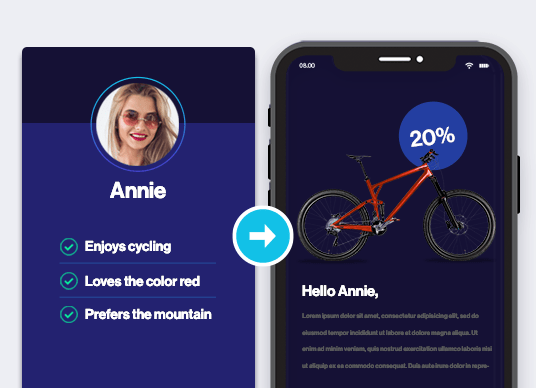
Personalization can be adding their first name to the subject line and content. Also, sending a custom birthday message, or content recommendations based on their click behaviour in past emails. You can go above and beyond with the data you have.
If you are using Cyberimpact as your email marketing software, creating a dynamic group is quick and easy.
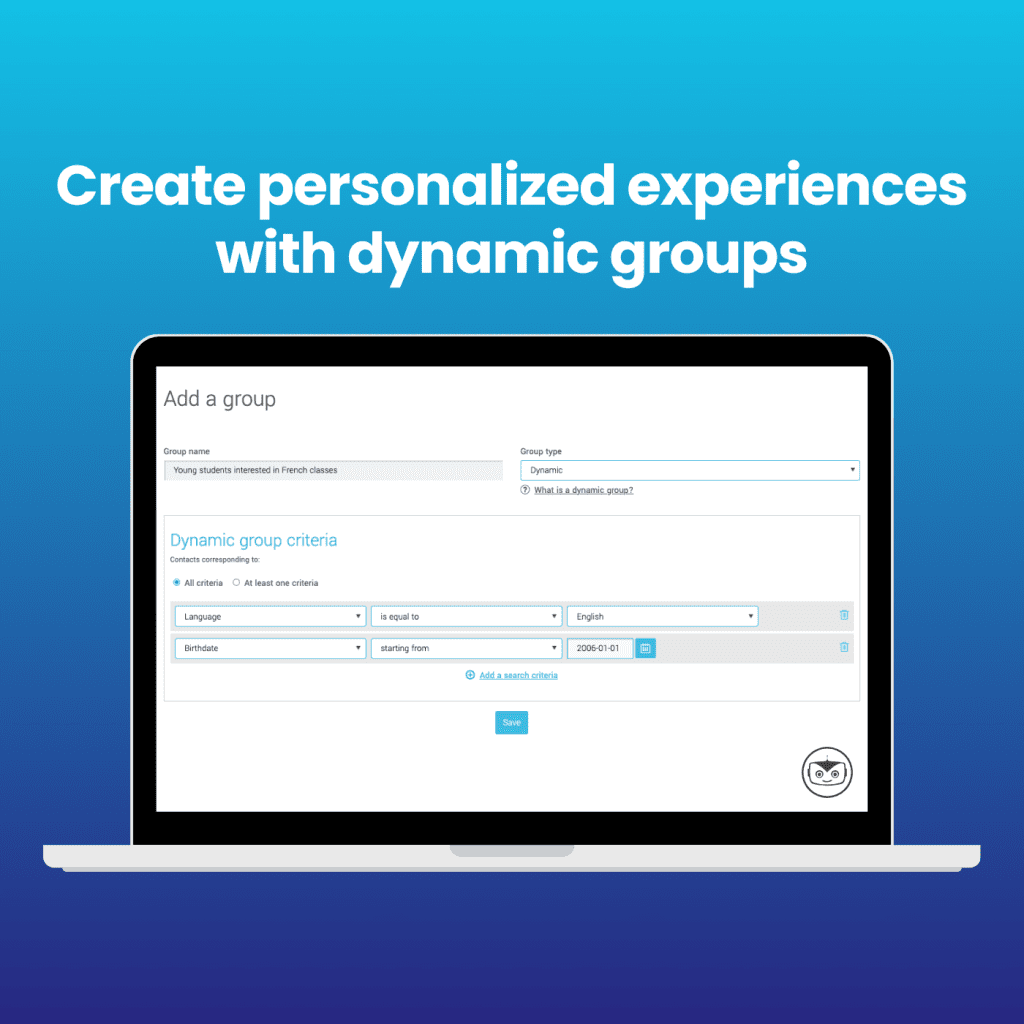
With segmentation and personalization, you have a higher chance of keeping your audience interested and engaged with your content. Thus, increasing your email open rate, deliverability, and list health.
Manage your sender’s reputation
A sender’s reputation is a score determined by mail service providers. It measures if you are a quality and reliable sender.
Your sender’s reputation plays a big role in having a healthy and effective email strategy. With a good reputation, your emails are more likely to go through to your contacts’ inbox. To keep your reputation high, follow all of the best practices shared here: email authentication, segmenting your contact list, and creating engaging content, among others.
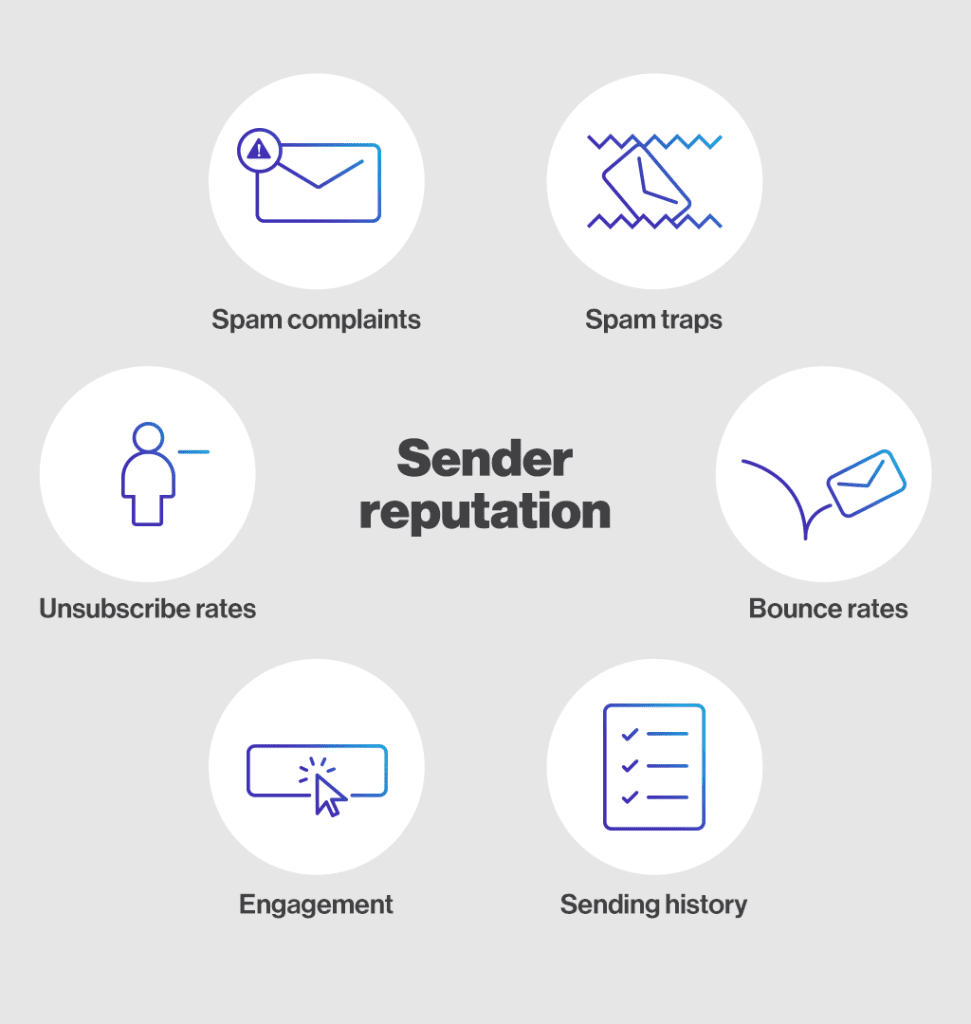
Regulate your email frequency
Finding the right frequency to send emails is tricky. Every industry has its habits and practices so some retailers might send emails every other day while other industries might stick to one message per week or every other week.
Whichever frequency you choose, make it consistent. A consistent flow of emails signals to ISPs that you are a reliable sender that will not be flooding people’s inboxes with unwanted emails.
The frequency also influences your audience’s behaviour with your content. If you’re sending messages too often they might lose interest due to the sheer volume of messages, not the content or relevancy for them.
Always comply with local anti-spam regulation
Complying with anti-spam regulations is not just a best practice to keep you away from the dreaded junk folder — it is a legal requirement.
Here are some of the most important anti-spam regulations you should know about:
- Canadian Anti-Spam Legislation (CASL): Created in 2014, it applies to all Canada-based businesses.
- Quebec’s Law 25: Its adoption started in September 2021. It applies to all Quebec-based businesses, as well as any business that handles data from Quebec residents.
- CAN-SPAM Act: Launched in 2003, this law applies to all US businesses and sets rules for all commercial and marketing messages.
When choosing your email marketing software, make sure you have a clear understanding of all regulations that affect your business and that the chosen platform supplies all the tools available for you to follow them. For further information about regulations, we recommend you reach out to a lawyer.
All Cyberimpact clients have all they need from day one to comply with CASL, Law 25 and CAN-SPAM when it comes to email marketing. Also, our customer success team is ready to answer any question you may have about making your email marketing strategy compliant with federal and provincial regulations.
Recap + what to do next?
Nobody wants to see their email marketing strategy go down the drain. Or worse: down to the junk folder.
To keep your emails reaching your contact’s inbox, follow these best practices:
- Set up all of the required email authentication protocols;
- Segment your audience in groups and create custom journeys;
- Use dynamic content and dynamic groups to invest in content personalization;
- Have a consistent sending flow to build trust with ISPs;
- Keep track of important email marketing metrics such as reputation score, email deliverability and spam score.
- Comply with federal and local anti-spam regulations;
- Choose an email marketing software that will support you with the right tools;
Building trust with subscribers and having a healthy list is key. The next step on your journey to have a newsletter strategy that works for your business is to learn what makes a great newsletter and see some examples.
